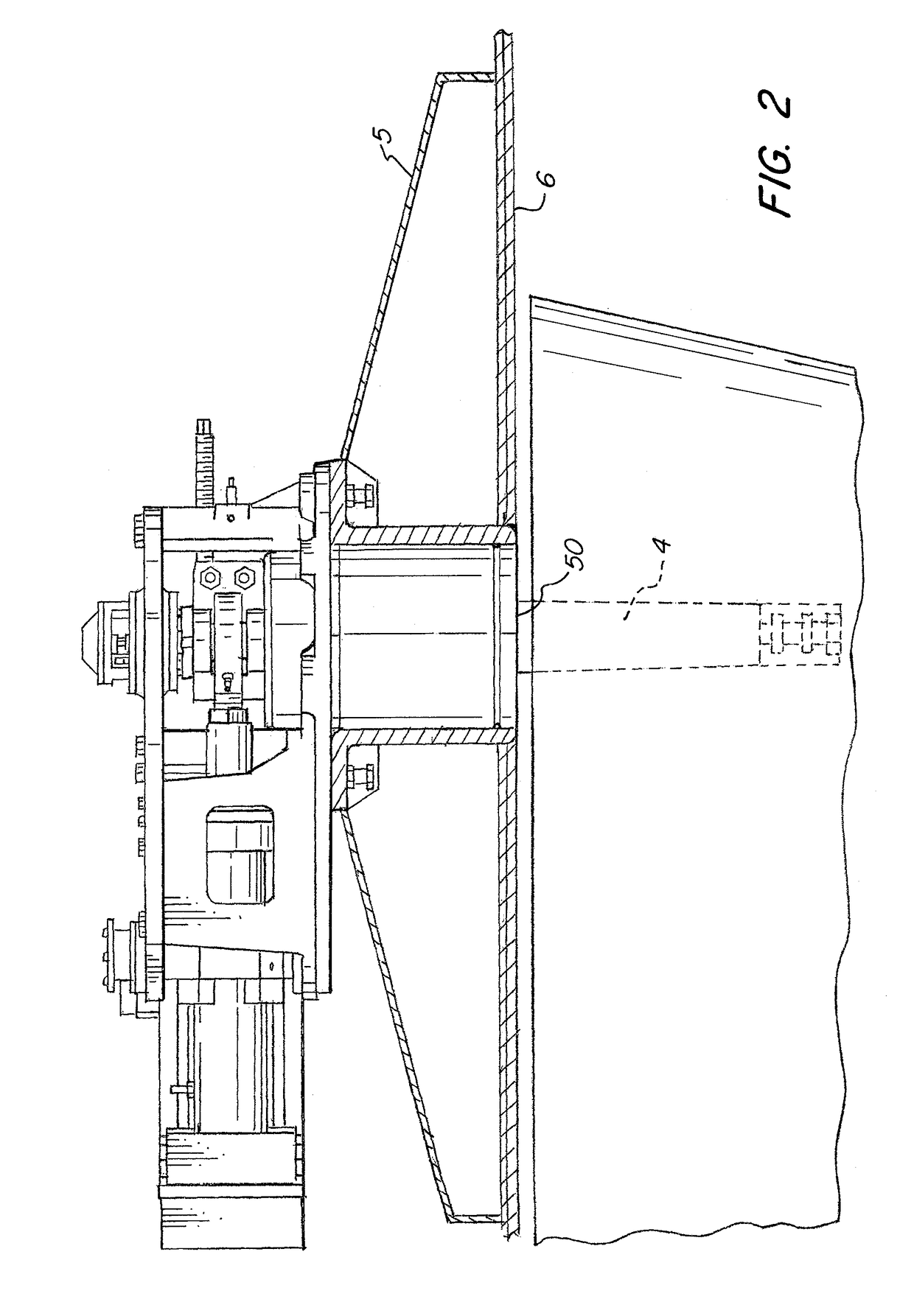Electric fin stabilizer
a stabilizer and electric fin technology, applied in the direction of process and machine control, vessel movement reduction by foils, instruments, etc., can solve the problems of system overheating, difficult installation and maintenance, and increase the cost of the system, so as to avoid the use of expensive and complicated hydraulics, the effect of easy installation and maintenan
- Summary
- Abstract
- Description
- Claims
- Application Information
AI Technical Summary
Benefits of technology
Problems solved by technology
Method used
Image
Examples
Embodiment Construction
[0034]Referring now to the drawings, wherein like reference numerals designate corresponding structure throughout the views. The following examples are presented to further illustrate and explain the present invention and should not be taken as limiting in any regard.
[0035]The stabilizer 1 includes a fin 2 that is installed on the outside of the vessel hull 6. The fin is generally installed in the hull below the waterline usually near the turn of the bilge such that rotation of the fin in the water creates a roll moment acting on the marine vessel that counteracts roll of the marine vessel due to conditions of the body of water in which the vessel is operating. As shown in FIG. 6, the plane of fin 2 is mounted normal to the hull, but other mounting angles are contemplated. As can be understood in FIG. 6, the stem 4 is approximately perpendicular to the lengthwise axis of the vessel when viewed from the side, but need not be depending on hull shape or other factors. As but one exampl...
PUM
 Login to View More
Login to View More Abstract
Description
Claims
Application Information
 Login to View More
Login to View More - R&D
- Intellectual Property
- Life Sciences
- Materials
- Tech Scout
- Unparalleled Data Quality
- Higher Quality Content
- 60% Fewer Hallucinations
Browse by: Latest US Patents, China's latest patents, Technical Efficacy Thesaurus, Application Domain, Technology Topic, Popular Technical Reports.
© 2025 PatSnap. All rights reserved.Legal|Privacy policy|Modern Slavery Act Transparency Statement|Sitemap|About US| Contact US: help@patsnap.com



